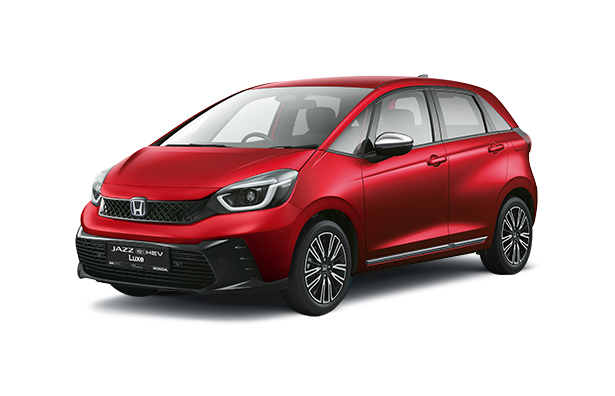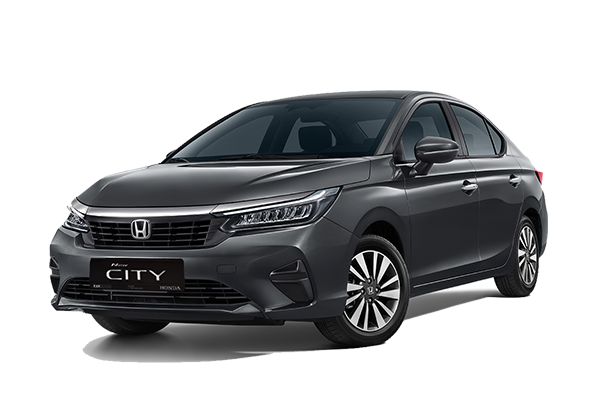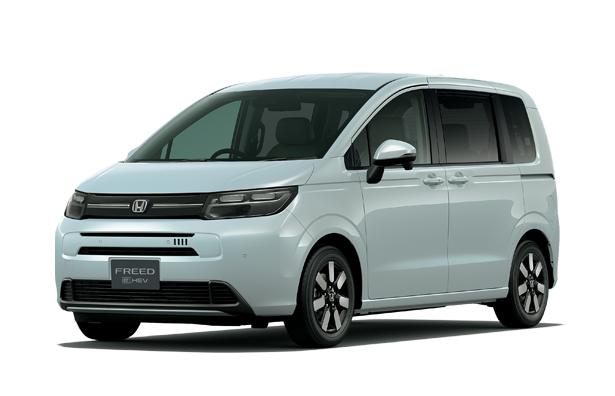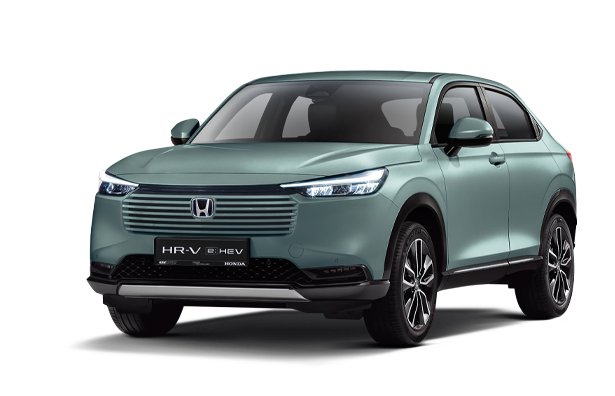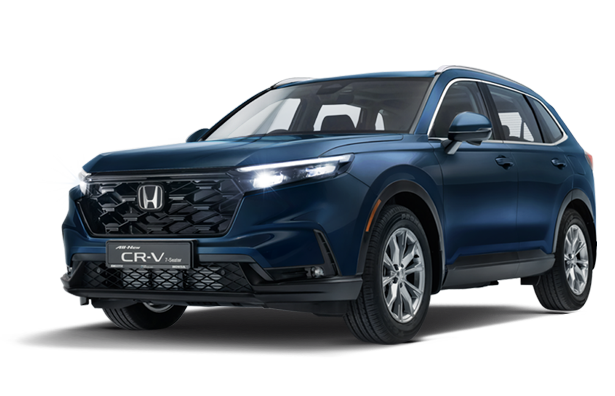11th-generation Honda Civic offers more space, comfort and refinement
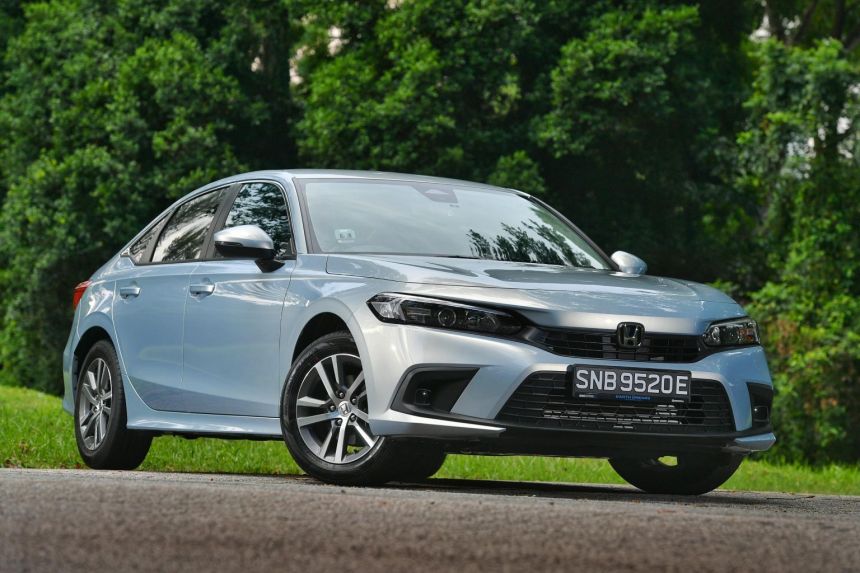
SINGAPORE - If you do not glance at its performance figures, you would think the new Honda Civic sedan had at least 150hp and 200Nm of torque.
At the wheel, the 11th-generation model feels quite adequate. It is not a scorcher, but rarely leaves you wanting for more either. Throttle response is super linear and power delivery is impressively refined.
The continuously variable transmission (CVT) paired with the car's light-turbo engine is one of the least annoying of its kind, even if its unending elastic trait and propensity for high revolutions are still faintly detectable.
It is perhaps the CVT's inherent efficiency that the Civic feels quicker than it really is. At 10.5 seconds, the car's 0-100kmh sprint is modest compared with many equivalent European turbocharged models.
But the Honda somehow does not feel as slow as its century sprint suggests. In fact, if you leave acceleration entirely to its adaptive cruise control (ACC) - which works from standstill - the Civic will be among the first cars to leave a junction. Even in Eco drive mode.
Indeed, its century sprint is comparable to the Hyundai Avante's and measurably quicker than the Toyota Corolla's and the Mazda 3's.
Acceleration is so satisfactory that you never have to select Sport mode. Nor will you have to resort to using the shift paddles.
But should you want to play with those paddles, it is possible to drive the car without having to touch its foot pedals. The steering-mounted paddles let you regulate speed through an eight-step program of the CVT.
Together with its reliable but sometimes over-cautious camera-based ACC, the car can be driven with just your fingers.
Being camera-based, the ACC works better than radar-based systems in heavy rain. But being wide-angled, the system is slow in resuming its set speed when you overtake. The ACC is part of a safety suite which includes lane keeping and semi-autonomous emergency braking.
While sufficient, the car's performance is not its main attraction. Its superb ride quality is. The new Civic goes over nasty ruts better than some cars equipped with air suspension. It is extremely settled at highway speeds and admirably resistant while rolling around corners. It is also blessed with an unwaveringly stable steering. These qualities give it a big-car feel.
The new Civic is slightly bigger all round than its predecessor, with its wheelbase expanded most noticeably - by 35mm to a class-leading 2,735mm. It may be this long wheelbase which contributes to the car's cushy ride.
The previous Civic was already a spacious car, but this one offers even more rear room. But its boot capacity is reduced by 32 litres to 493 litres, which is still more than enough to fit a foldable bicycle.
The boot lid has dampers on its swing arms, allowing it to open gradually like a powered lid. Clever.
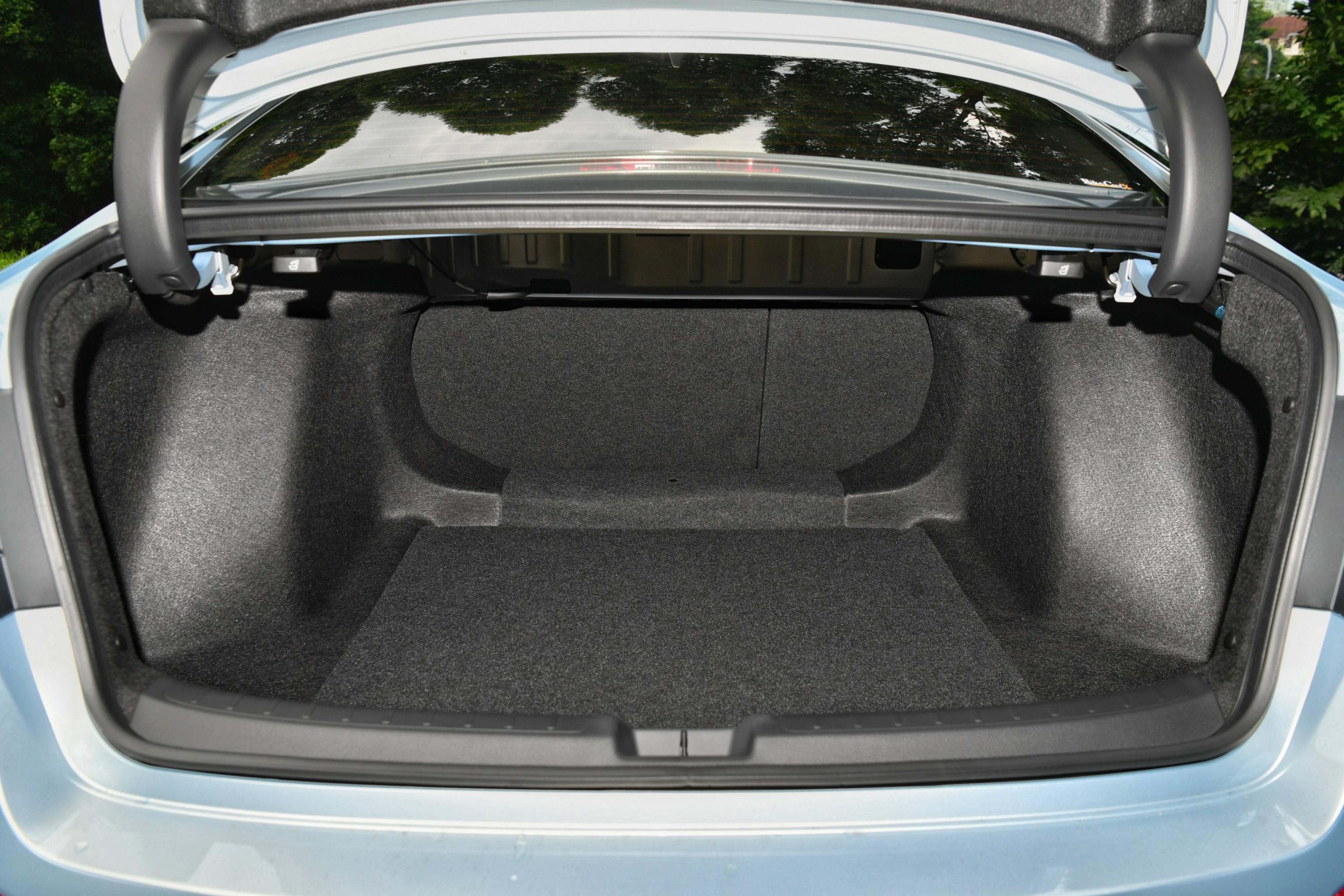
Less clever is its move to install a honeycomb mesh across the fascia, concealing the car's air-conditioning vents. Although this gives the cockpit a fresh look, it can be a pain to clean.
The car is equipped with wireless phone charging, an LCD instrument panel, and an infotainment touchscreen with Apple CarPlay and Android Auto. The reverse parking image on the screen is unfortunately of a lower resolution than expected.
Another niggle has to do with the doors having sticky hinges, which makes opening in narrow vertical parking spaces a challenge. But when you are finally out, just walk away and the doors will lock by themselves.
Wearing a sporty, modern design, the car looks best from the front and sides. Its rear styling is a tad rudimentary.
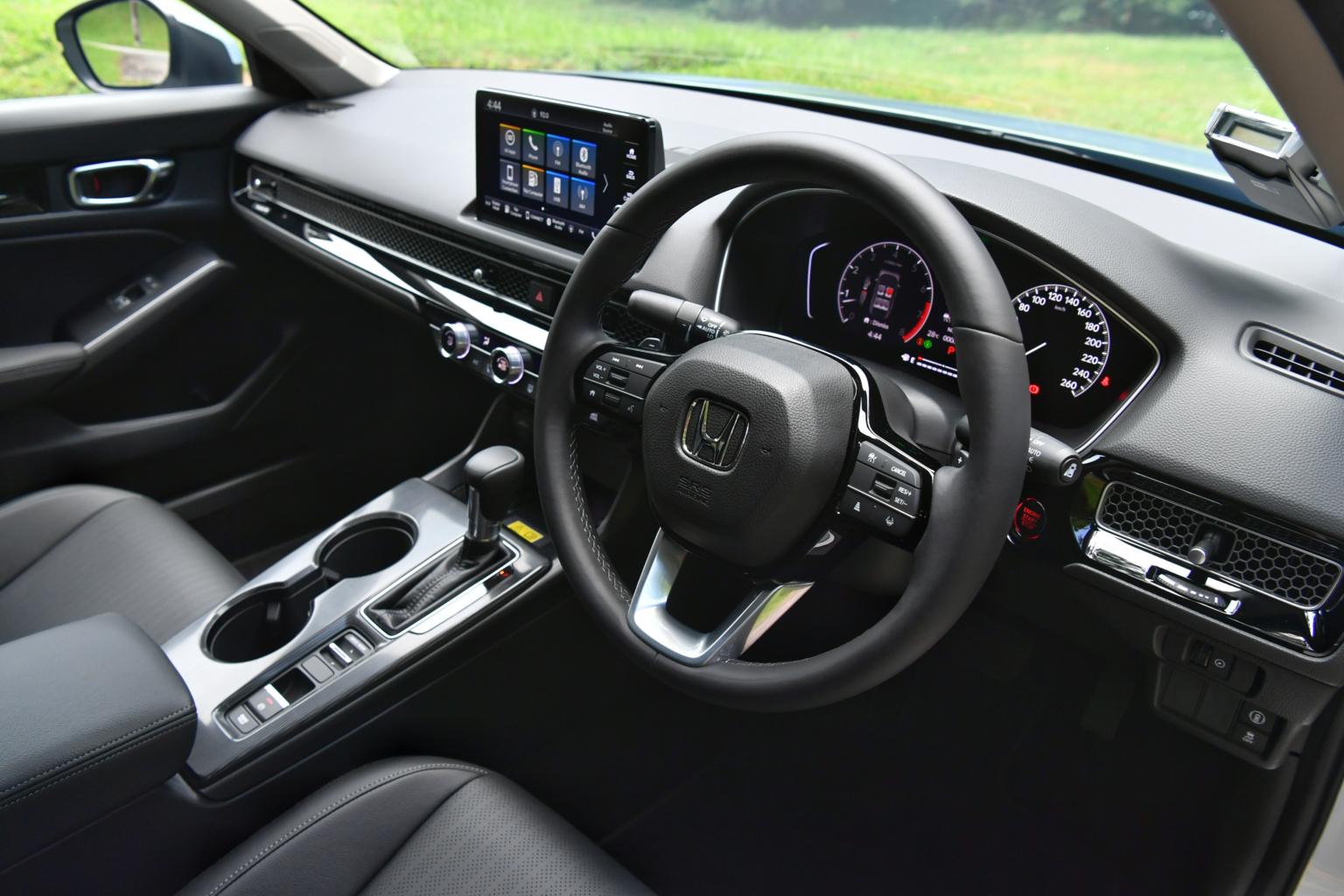
This tuned-down 1.5-litre turbo variant replaces the previous 1.6-litre non-turbo. It meets the 130hp cut-off for Category A certificate of entitlement (COE), which currently costs about $20,000 less than Category B.
Compared with the 1.6-litre, the new engine is much cleaner and more efficient. For this test drive, the car averages 7.9 litres/100km, about 20 per cent higher than Honda's stated figure.
For those who hanker after more performance, a higher-powered variant matching the previous 1.5-litre turbo variant may arrive next year.
Until then, this car is still a pretty compelling alternative to sedans such as the Toyota Corolla Altis and the Hyundai Avante.
Credits: The Straits Times. Author: Christopher Tan
Original Source: https://www.straitstimes.com/life/motoring/car-review-11th-generation-honda-civic-offers-more-space-comfort-and-refinement

